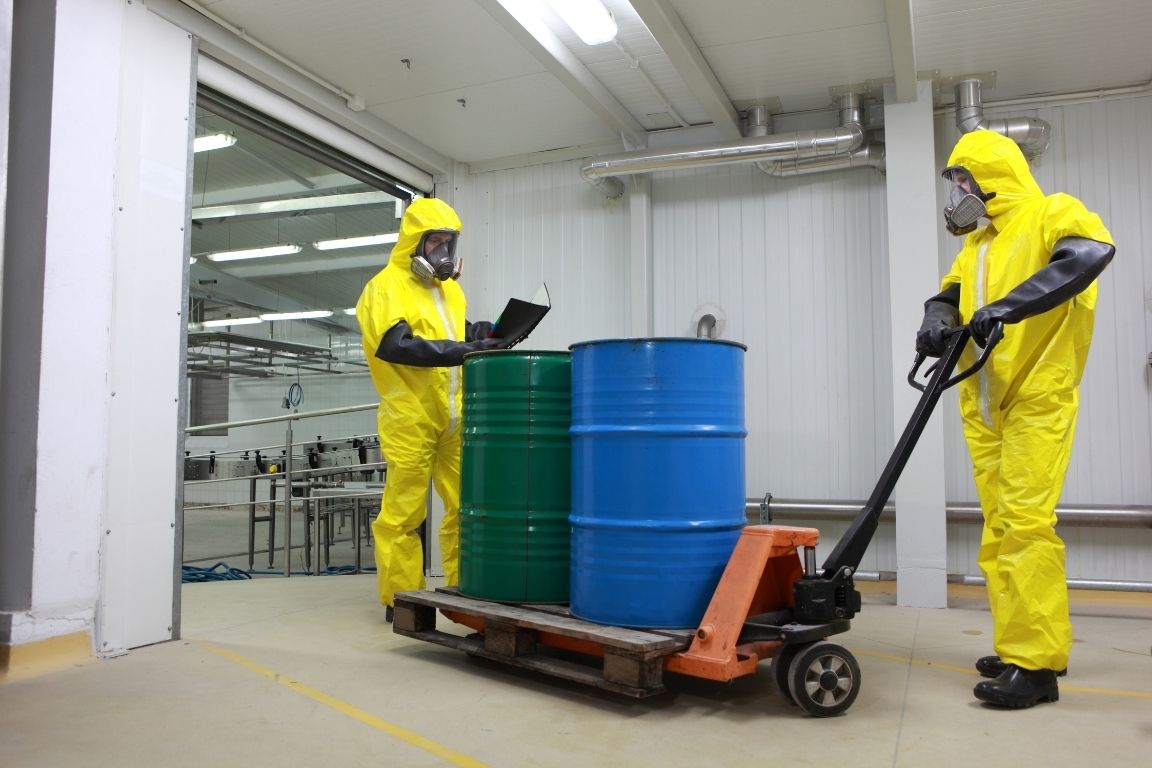Industrial waste poses an ongoing threat to community health and safety. Though all corporations should pay more attention to how they treat their toxic left-overs, some industries are far more guilty of spreading pollutants than others. The proliferation of toxic waste is a solvable problem, but to make a dent in this issue, something must be done about its worst culprits.
Chemical Manufacturing
Perhaps it should come as no surprise that of all the industries generating the most hazardous waste, chemical manufacturing is the guiltiest. An industry built on the production of strong acids, strong bases, flammables, combustibles, and all other sorts of compounds, businesses in this field must carefully manage the different types of industrial waste they generate.
Chemicals, like most pollutants, are released from heating and processing. They can also spread through dust or other particles, spills, or the improper disposal of solid waste and wastewater. Some common chemical pollutants, such as ethylene oxide or formaldehyde, can cause mutagenic physical changes, reproductive effects, cancer, and other health issues.
Paper Manufacturing
Some people may think the paper industry’s ecological impact starts and ends with cutting down trees. But there are so many more ways this industry impacts the environment and so many more ecologically harmful steps that go into the paper-making process. For wood to become paper, it must pass through many inks and chemicals, including:
- Sulfur dioxide
- Nitrogen
- Carbon dioxide
- Carbon monoxide
- Nitrates
Paper manufacturing releases these dangerous gases into the atmosphere, contributing to acid rain and climate change. Though paper may seem relatively innocuous when it sits on a desk, the process it took to get there is a true threat to the planet.
Paint Manufacturing
Paint manufacturing poses a serious threat to the environment. The industry uses heavy materials and solvents that will pollute and contaminate the groundwater unless careful attention is paid to its disposal.
Thankfully, it is illegal to dump these materials in lakes, which is why many paint corporations rely on third-party companies to collect and recycle the hazardous chemicals.
Leather and Textile
Companies in the leather and textile industry often use toxic liquids and chemical-based dyes to treat their products. These chemicals do an excellent job of drying out leather, but they are also very damaging to the environment, which is why the leather and textile business is one of the industries generating the most hazardous waste today.
Leather has a large impact on eutrophication, an ecological disaster in which runoff waste creates an overgrowth of plant life in the water system. This depletes animals of oxygen from the water and creates “hypoxic zones,” which are areas of water where algae and other organisms die from lack of oxygen and available nutrients.











